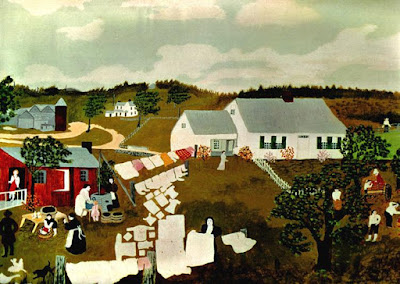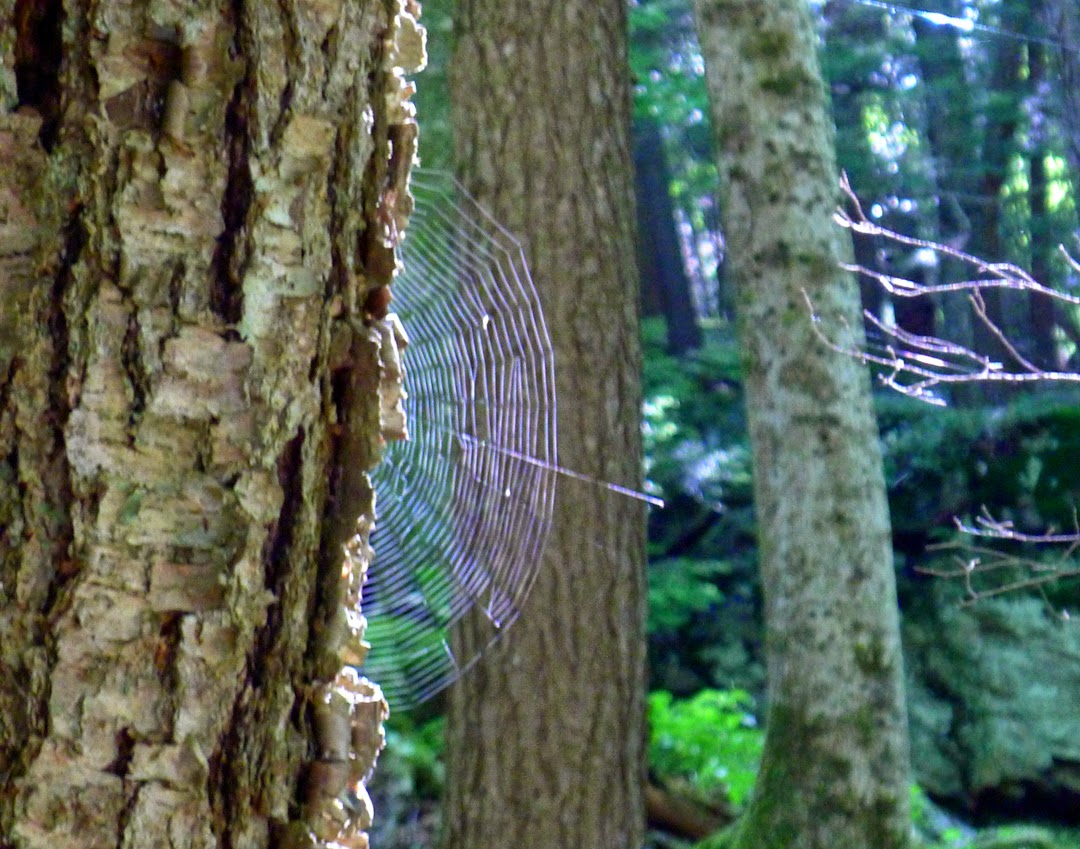
A traditional Tom and Jerry set, like the one on the bar at Schwabls, will set you back a significant chunk of change.
When facing cancer, a brilliant doctor is your greatest ally. A mediocre doctor can cause a lot of damage. I know this from personal experience. The first time I had cancer, both my internist and gastroenterologist missed it, writing off my symptoms as running-related. They got worse and I finally switched doctors a year later. My new medico figured I might have a tumor. A week later, I was diagnosed, and the specialists he sent me to, saved my life. Thirteen years later, another team got to do it again for a completely-unrelated cancer.
The first time, I had six weeks of radiation, ten months of chemo and three surgeries. It was an aggressive regimen and there was some discussion about whether it was overkill. “You have young kids,” said my oncologist, and that was that.
That’s why I still go to Rochester twice a year to see my doctors. I realize there are fine doctors in Maine, but for now, I’m afraid to cut the cord. This is my week for medical tourism. “You really must like travel,” one of my friends commented. Well, I do, but I don’t like the Rockport-to-Rochester loop. I don’t much like being prodded, poked and scraped, either, but I’ve gotten sixteen good years out of it.

The Place lets you keep the mug as a reminder that your headache is not necessarily from your sinus infection.
Since I’m in Western New York anyway I met a gaggle of my kids in Buffalo for a Tom and Jerry and a beef-on-weck sandwich.
A Tom and Jerry is a form of hot egg nog laced with brandy and rum and topped with nutmeg. It’s very sweet and lethally potent. It’s been around since the early 19th century. Damon Runyon
wrote a short story in 1932 that featured his protagonist drinking them with “one of the best lone-hand git-‘em-up guys in the world.”
“This hot Tom and Jerry is an old time drink that is once used by one and all in this country to celebrate Christmas with, and in fact it is once so popular that many people think Christmas is invented only to furnish an excuse for hot Tom and Jerry, although of course this is by no means true.”
It being Prohibition, Runyon’s characters substitute drugstore rye whiskey for rum. Runyon touches on the delicacy of the recipe. “[I]n the days when it is not illegal a good hot Tom and Jerry maker commands good wages and many friends.” Tom and Jerrys start with a meringue batter, and from personal experience I agree; it’s hard to make.
The sandwich, more properly called a beef-on-kümmelweck, is made of roast beef on a roll topped with salt crystals and caraway seeds. The beef is slathered in horseradish. Its origin is lost in time, but it was a beautiful collaboration between baker and butcher back in Buffalo’s German heyday.

Forget poutine; beef on weck is the apotheosis of cold-weather eating in North America. The horseradish can cure anything.
In general, you don’t find these foods in trendy new places, but in bars that are as old as your grandfather.
Schwabls in West Seneca is often our destination but
The Place in Elmwood Village got our custom on Wednesday.
Buffalo is simultaneously the most beautiful city in America and the one with the worst climate, I told myself as I slid on my walk back to my car. Coincidentally, my kids were off to the hospital to see a friend who’d fractured her kneecap earlier in the day.























